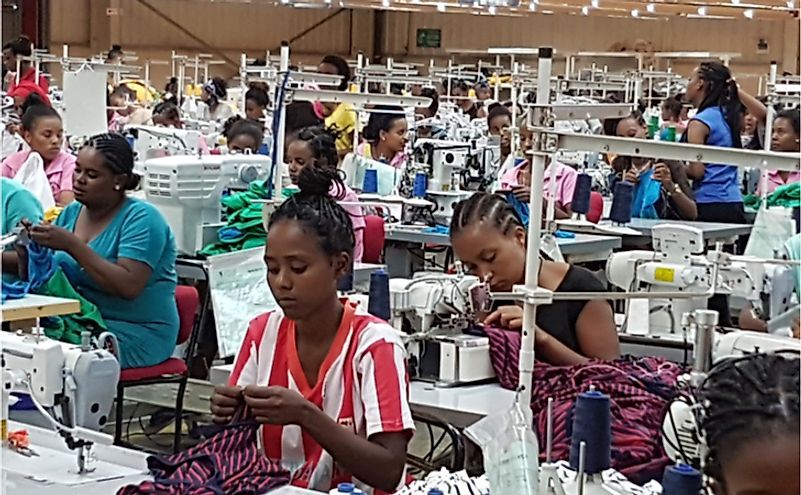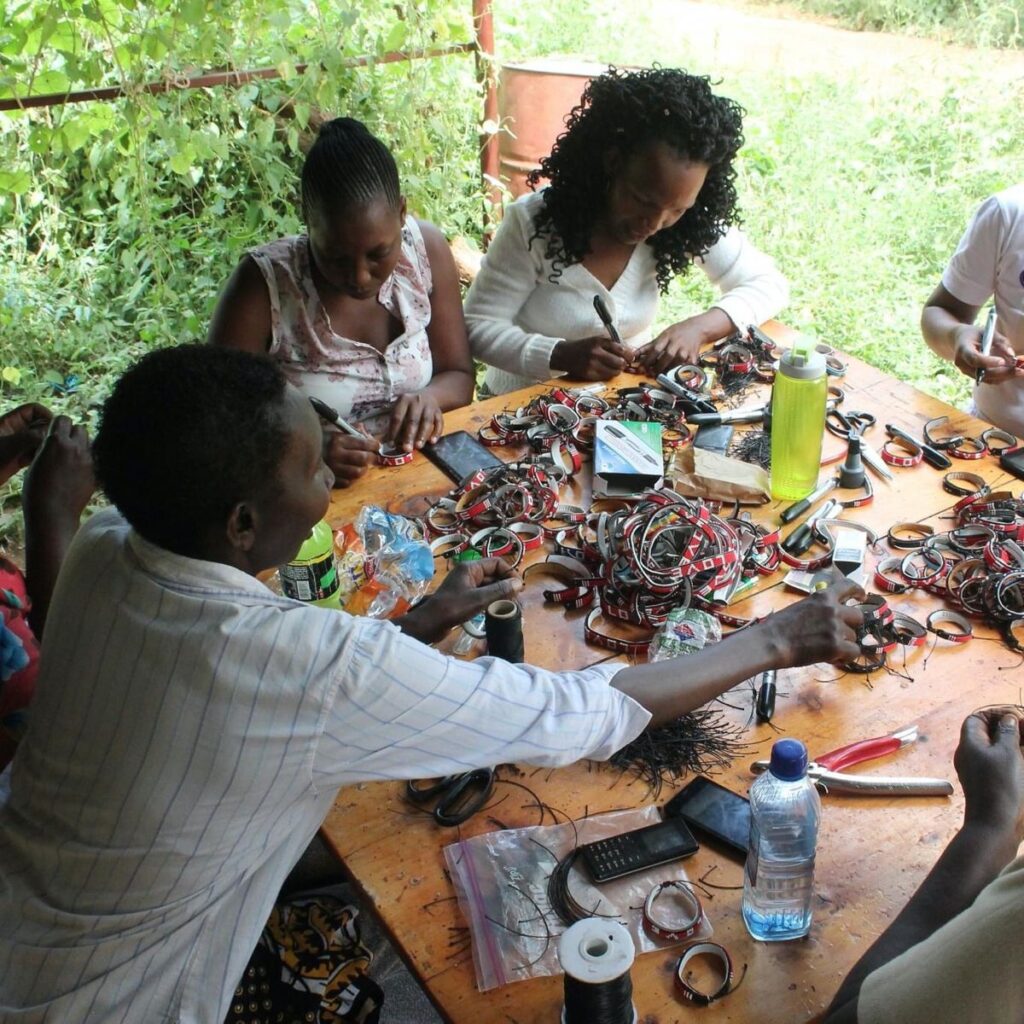
Introduction
Africa’s entrepreneurial spirit is booming. From tech startups in Nairobi and Lagos to export businesses in Kigali and Accra, entrepreneurs across the continent are building globally connected enterprises. However, one major hurdle continues to slow progress on cross-border payments.
For decades, African entrepreneurs have grappled with expensive, slow, and unreliable cross-border payment systems. Whether receiving payments from international clients, paying overseas suppliers, or managing multi-currency operations, the traditional financial infrastructure has consistently failed to meet their needs. Now, a new solution is rapidly gaining traction: stablecoins.
These digital currencies, pegged to stable assets such as the US dollar, are revolutionizing how African business owners transfer money across borders. From tech startups in Kenya to fashion exporters in Nigeria, manufacturers in South Africa to agricultural traders in Ghana, entrepreneurs are discovering that stablecoins offer something traditional banking simply cannot: fast, affordable, and reliable access to the global financial system.
The shift is not happening in isolation. Africa has the highest cryptocurrency adoption rate globally, with grassroots usage driven by real economic needs rather than speculation. Mobile money services like M-Pesa have already primed the continent for digital financial solutions, creating a population comfortable with non-traditional payment methods. Stablecoins represent the natural evolution of this digital-first approach to finance.
What makes this moment particularly significant is that African entrepreneurs aren’t waiting for permission from legacy financial institutions. They’re building peer-to-peer networks, creating local exchanges, and establishing stablecoin-based supply chains that bypass traditional banking infrastructure entirely. This bottom-up adoption is reshaping the continent’s economic landscape in real time.
Here’s why stablecoins are becoming the go-to remittance tool for entrepreneurs across the continent, and why this trend is only accelerating

Understanding Stablecoins
Stablecoins are digital currencies designed to maintain a stable value by being pegged to assets like the US dollar, euro, or gold. Unlike volatile cryptocurrencies such as Bitcoin or Ethereum, stablecoins combine the best of both worlds: the efficiency of blockchain and the stability of fiat money.
Types of stablecoins
- Reserves of fiat currency support fiat-backed stablecoins (e.g., USDT, USDC).
- Crypto-backed stablecoins (e.g., DAI) use other cryptocurrencies as collateral.
- Algorithmic stablecoins maintain stability using programmed supply adjustments.
For many African entrepreneurs, USDT (Tether) and USDC (USD Coin) have become the most popular due to their global recognition, liquidity, and ease of conversion.
The Remittance Problem in Africa
Africa is one of the world’s largest remittance markets, with billions of dollars flowing into the continent annually from diaspora communities and international business transactions. Yet, the cost of sending money to Africa remains among the highest globally, with fees often exceeding 8-10% of the transaction amount.
African entrepreneurs face a perfect storm of financial challenges when dealing with international transactions. Traditional remittance channels typically charge between 8-12% in fees, far exceeding the UN Sustainable Development Goal of reducing costs to below 3%. For a business receiving $10,000 from a client, this means losing up to $1,200 in fees alone.
For entrepreneurs running import-export businesses, e-commerce platforms, or service-based companies with international clients, these high costs directly impact profit margins. Add to this the delays of 3-7 business days for traditional bank transfers, currency conversion losses, and the bureaucratic hurdles of correspondent banking relationships, and you have a system that actively hinders business growth.
Many entrepreneurs also struggle with limited access to traditional banking services, particularly in rural areas, or face arbitrary restrictions on international transfers that can halt business operations without warning.
Challenges to Consider
Despite their advantages, stablecoins aren’t without challenges. Regulatory uncertainty remains a concern, as governments across Africa are still developing frameworks for cryptocurrency and digital assets. Entrepreneurs need to understand the legal landscape in their specific countries.
The conversion between stablecoins and local currencies can sometimes involve additional fees, particularly in markets with less developed crypto ecosystems. However, these costs are still typically lower than traditional remittance fees.
Technical literacy is another consideration. While using stablecoins is becoming more user-friendly, entrepreneurs need a basic understanding of digital wallets, security practices, and blockchain transactions. The risk of user error, such as sending funds to the wrong address, means education and careful processes are essential.
Not all stablecoins are created equal, either. Entrepreneurs should use well-established stablecoins with transparent reserves and proven track records, such as USDC or USDT.

How Stablecoins Solve These Challenges
Stablecoins operate on blockchain technology, offering a fundamentally different approach to cross-border payments. They are rapidly gaining traction as a practical solution to Africa’s remittance challenges. Unlike volatile cryptocurrencies like Bitcoin, stablecoins such as USDT (Tether) and USDC (USD Coin) maintain a consistent value, making them suitable for everyday business transactions.
African entrepreneurs are discovering that stablecoins offer several compelling advantages, and these advantages are compelling for entrepreneurs operating in Africa’s dynamic business environment.
- Speed and Efficiency: Stablecoin transactions settle within minutes, not days. An entrepreneur in Lagos can receive payment from a client in London and immediately use those funds to pay a supplier in Nairobi. This velocity of money dramatically improves cash flow management and business operations.
- Dramatically Lower Costs: Transaction fees for stablecoin transfers typically range from $0.50 to $5, regardless of the amount sent. For a $10,000 transaction, that’s a maximum of 0.05% in fees compared to the 8-12% charged by traditional services. The savings compound quickly for businesses handling regular international transactions.
- Currency Stability: By holding funds in stablecoins pegged to the US dollar or other stable currencies, entrepreneurs can protect their working capital from local currency volatility. This provides a hedge against inflation and devaluation without requiring offshore bank accounts.
- 24/7 Accessibility: Unlike banks with limited operating hours, stablecoin networks run continuously. Entrepreneurs can send or receive payments on weekends, holidays, or late at night, matching the global nature of modern business.
- Financial Inclusion: Anyone with a smartphone and internet connection can create a digital wallet and start transacting with stablecoins. This opens up international commerce to entrepreneurs in underbanked regions who previously had no viable options

The Role of Fintechs Like Yogupay
While stablecoins provide the foundation for borderless finance, it’s fintech innovators like Yogupay that make this technology truly usable for African entrepreneurs. Many businesses are eager to embrace stablecoins but face technical or operational barriers in receiving them, converting them into local currency, or integrating them into day-to-day transactions. Yogupay is solving exactly that.
1. Bridging Fiat and Crypto Seamlessly
Enables users to send and receive payments in stablecoins (like USDT, USDC, or BUSD) and easily convert them into local currencies such as KES, NGN, or RWF. This eliminates the need for complex exchange processes or multiple wallets.
Entrepreneurs can pay international suppliers in stablecoins while their customers pay them in local currency, all within one unified platform.
2. Empowering Small Businesses and Freelancers
Freelancers, consultants, and microbusiness owners often struggle to access global payment tools. Platforms like PayPal or Payoneer can be restrictive, expensive, or unavailable in certain regions.
Yogupay provides a borderless payment alternative, allowing users to receive stablecoin remittances directly to their mobile wallet fast, affordable, and without intermediaries.
3. Solving the FX Risk Problem
Currency devaluation remains a top concern for African entrepreneurs. By enabling businesses to hold and transact in stablecoins, they shield users from volatile exchange rates and inflation. For instance, a Kenyan exporter can store earnings in USDC and only convert when market rates are favorable, preserving profit margins.
4. Compliance and Security
Platforms like Yogupay also ensure that stablecoin payments remain secure and compliant. Adhering to Know Your Customer (KYC) and Anti-Money Laundering (AML) standards, it builds trust between senders and receivers. This balance of innovation and regulation is what makes stablecoin adoption safe and sustainable.
5. Supporting Financial Inclusion
By lowering entry barriers, Yogupay empowers Africa’s growing class of digital entrepreneurs, from informal traders to startup founders, to participate in global commerce. It turns a smartphone into a gateway to the international economy, giving users access to tools once reserved for large corporations.
6. Integrating Business Payments and Automation
Beyond peer-to-peer remittances, it’s also paving the way for automated payments, payroll, and invoicing in stablecoins. Businesses can pay remote teams, digital marketers, or suppliers abroad without the cost and delay of traditional transfers.
This opens up new opportunities for African startups and SMEs looking to scale globally while keeping operational costs low.
In essence, platforms like Yogupay aren’t just a payment platform; they’re an enabler of Africa’s digital trade revolution. By combining blockchain efficiency with local accessibility, it ensures that every entrepreneur, from Nairobi to Lagos, can transact globally with confidence and speed.

The Future of Business Payments in Africa
The adoption of stablecoins by African entrepreneurs represents more than just a new payment method. It’s a fundamental shift in how the continent engages with the global economy. By removing traditional financial intermediaries and their associated costs and delays, stablecoins are leveling the playing field for African businesses.
This transformation is creating ripple effects across the entire economic ecosystem. Small businesses that once struggled to compete with established players now have access to the same financial infrastructure as multinational corporations. A startup in Kigali can transact with the same speed and cost efficiency as a Fortune 500 company, fundamentally democratizing access to global markets.
- Emerging Trends and Infrastructure Development
As regulatory frameworks mature and infrastructure improves, we can expect even broader adoption. Several African nations are actively developing cryptocurrency and digital asset regulations that provide clarity and protection for users while fostering innovation. Countries like Nigeria, South Africa, Kenya, and Ghana are leading the way in creating balanced regulatory approaches that recognize the economic benefits of digital currencies.
Payment processors are integrating stablecoin options into their platforms, making it easier for businesses to accept and send payments without technical barriers. Major e-commerce platforms are beginning to support stablecoin payments, and point-of-sale systems are emerging that allow physical retailers to accept digital currencies alongside traditional payment methods.
Traditional businesses are beginning to accept stablecoins not just as an alternative payment method, but as a preferred one. Import-export businesses are establishing stablecoin-first relationships with their international partners. Freelance marketplaces are offering stablecoin payment options as standard. Even some landlords and service providers are accepting rent and fees in stablecoins, recognizing the stability and convenience they offer.
Financial literacy around digital currencies is growing rapidly, driven by community education initiatives, online resources, and the practical experience of early adopters sharing knowledge with their networks. Tech hubs across major African cities are offering workshops on blockchain technology and cryptocurrency usage. Universities are introducing digital finance courses. WhatsApp groups and Telegram channels dedicated to stablecoin education have hundreds of thousands of members exchanging tips, best practices, and support.
- The Network Effect Taking Hold
Perhaps most significantly, a network effect is taking hold. As more entrepreneurs adopt stablecoins, the utility for everyone increases exponentially. Local peer-to-peer exchanges are making it easier to convert between stablecoins and local currencies. Business relationships are formed specifically around stablecoin transactions. Supply chains are being restructured to take advantage of instant, low-cost settlements.
This creates a virtuous cycle: more adoption leads to better infrastructure, which attracts more users, which justifies further infrastructure investment. We’re seeing the emergence of Africa-specific stablecoin solutions, crypto-friendly banking services, and integrated financial platforms that seamlessly combine traditional and digital finance.
- Integration with Existing Systems
The future doesn’t require abandoning existing financial systems entirely. Instead, we’re seeing a hybrid approach where stablecoins complement traditional banking. Entrepreneurs use stablecoins for international transactions while maintaining local bank accounts for domestic operations. Financial technology companies are building bridges between these worlds, creating products that automatically convert stablecoin receipts to local currency or allow instant withdrawals to bank accounts.
Mobile money platforms, already ubiquitous across much of Africa, are beginning to integrate with stablecoin networks. This integration combines the local accessibility of mobile money with the global reach of stablecoins, creating a powerful financial infrastructure that serves both rural and urban populations, domestic and international transactions.
- Economic Sovereignty and Regional Integration
Beyond individual businesses, stablecoins are enabling new forms of regional economic cooperation. African entrepreneurs are increasingly trading with each other using stablecoins as a neutral, stable medium of exchange. This reduces dependence on external currencies and payment systems, keeping more value within the continent. A business in Senegal can easily pay a supplier in Tanzania without routing payments through European or American banks.
This peer-to-peer regional trade is fostering stronger intra-African business relationships and building economic resilience. It’s also making regional trade agreements more practical by eliminating currency conversion hassles and reducing transaction costs between African nations.

Competitive Advantage in the Global Marketplace
For African entrepreneurs looking to compete globally, scale their operations, and protect their capital, stablecoins have moved from experimental technology to an essential business tool. Companies that have integrated stablecoins into their operations report faster growth, improved cash flow, stronger client relationships, and greater financial stability.
The competitive advantages are becoming impossible to ignore. Businesses using stablecoins can offer faster delivery times because they receive payments instantly. They can undercut competitors who bear higher transaction costs. They can respond to market opportunities in real-time without waiting for banking systems. They can serve international clients with the same ease as local ones.
The question is no longer whether to adopt stablecoins, but how quickly businesses can integrate them into their operations to stay competitive. Early adopters are already seeing the benefits compound as they build stablecoin-native business processes, cultivate relationships with other crypto-savvy businesses, and position themselves as forward-thinking partners in the global marketplace.
The remittance revolution is here, and it’s powered by stablecoins. African entrepreneurs who embrace this technology today are positioning themselves at the forefront of tomorrow’s digital economy. They’re not just adopting a new payment method; they’re joining a movement that’s rewriting the rules of international commerce in favor of speed, efficiency, and accessibility.
The infrastructure is ready. The community is established. The economic case is proven. The only question that remains is: will you be part of this transformation, or will you watch from the sidelines as your competitors gain an insurmountable advantage?
For the bold entrepreneurs who have always found ways to succeed despite challenging circumstances, stablecoins represent the tool they’ve been waiting for, one that finally matches their ambition, creativity, and global aspirations. The future of African business is being built today, one stablecoin transaction at a time.

Conclusion
Africa’s entrepreneurs are rewriting the global business narrative, building companies that are bold, connected, and digitally empowered. Yet for years, one obstacle has stood in their way: inefficient and expensive cross-border payments.
Stablecoins are changing that story. By offering fast, low-cost, and stable digital transactions, they’re allowing African businesses to trade confidently, retain more of their profits, and protect their earnings from inflation. Whether it’s a Nairobi freelancer, a Lagos importer, or a Kigali exporter, stablecoins are giving entrepreneurs the financial freedom to grow without borders.
But innovation needs accessibility, and that’s where Yogupay steps in. Platforms like Yogupay are making stablecoin payments simple, compliant, and practical for everyday business use. They’re bridging the gap between crypto and traditional finance, helping entrepreneurs send, receive, and convert funds effortlessly.
As Africa continues to digitize, stablecoins won’t just be an alternative; they’ll become a standard for remittances and international trade. The next generation of African businesses will be powered by borderless money, faster transactions, and smarter financial tools.
With visionary fintechs like Yogupay leading the way, the future of remittances in Africa is transparent, affordable, and unstoppable.
The era of waiting days for payments and losing profits to fees is over. The new wave of African entrepreneurship runs on stablecoins, and platforms like Yogupay are making it possible.